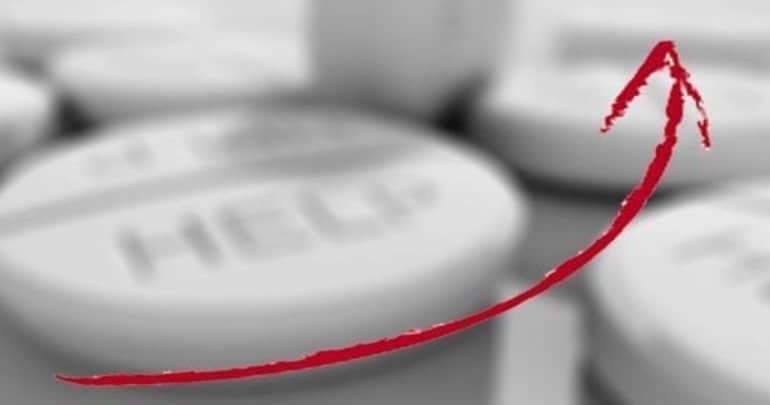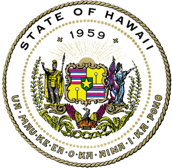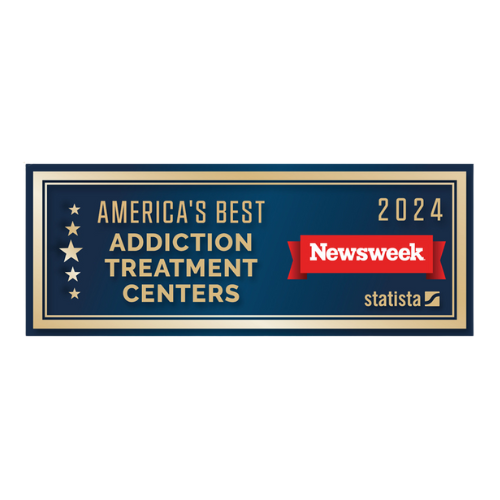Substance abuse among adults 60 and older is one of the fastest growing health problems facing the country. Yet, it remains underestimated, under identified, underdiagnosed, and undertreated. Until recently, alcohol and prescription misuse, which affects up to 17 percent of older adults, was not discussed in either substance abuse or the gerontological literature.
The Rise of Substance Abuse
Although people 65 years of age and older comprise only 13% of the population, they account for almost 30% of all medications prescribed in the United States. Nearly three in 10 people between ages 57 to 85 use at least five prescriptions recommended by their physicians. Between 1997 and 2008, the rate of hospital admissions for conditions related to prescription medications and illicit drug use rose by 96 percent among people ages 65 and 84; for people 85 and older, admissions grew 87 percent
The sheer number and the interconnectedness of older adults’ physical and mental health problems make diagnosis and treatment of their substance abuse more complex than for other populations. That complexity contributes – directly or indirectly – to the following barriers to effective treatment:

Environment is a key resource for facilitating conversation, and curating an effective space and atmosphere is crucial for healing. Call (866) 390-5070.
More infoAgeism
The term ageism describes the unique tendency of American culture to assign negative stereotypes to older adults, rationalizing away their problems as a function of being old rather than looking for specific medical, social, or psychological causes. It reflects a personal revulsion about growing old, comprising in part fear of powerlessness, uselessness, and death. Such attitudes are reflected in remarks like, “Grandmother’s cocktails are the only thing that makes her happy,” or “What difference does it make; he won’t be around much longer anyway.” Older adults internalize such stereotypes and thus are less likely to seek out mental health and substance abuse care.
Lack of awareness
A second barrier to treatment is a lack of awareness of the problem that is often shared by the older substance abuser, his or her loved ones, the community, and society as a whole. Stigma, shame, or denial associated with substance abuse may be related to generation, religion, gender, culture, or a combination of these.
Clinician behavior
Health care and older adult service providers may be slow to spot a substance abuse problem: There is often a low index of suspicion for this problem. Even when there is the suspicion of a substance abuse disorder, the practitioner may have difficulty applying the diagnostic criteria to a wide variety of symptoms. In an older patient, health care providers are often observing symptoms such as fatigue, irritability, insomnia, chronic pain, or impotence may be produced or influenced by substance abuse, common medical and mental disorders, or a combination of these conditions. Another barrier related to clinician behavior is the effect of patient age and length of the encounter. Studies confirm that the number of time physicians spend with a patient decreases as the age of the patient increases. During a short office visit, there are many topics to cover in patient-provider discourse, ranging from the renewal of multiple prescriptions to the impact of the death of a spouse. Substance abuse is rarely a topic of discussion.
Comorbidity
Medical and psychiatric comorbidities present yet another challenge to the effective treatment of the older substance abuser. Comorbid conditions such as medical complications, cognitive impairment, mental disorders such as major depression, sensory deficits, and lack of mobility not only can complicate a diagnosis but can sway the provider from encouraging older patients to pursue treatment for their substance abuse problems. Comorbid depression and anxiety pose other barriers. Although inpatient psychiatric hospitals generally have staff trained to treat dually diagnosed patients, outpatient programs may not.
Other barriers to treatment in the older population are:
- Transportation (may be available to go to a hospital but not to AA or aftercare or evening programs): This is especially problematic in rural communities that lack public transportation or in poor urban communities where accessing transportation can be dangerous.
- Shrinking social support network: Fewer friends to support them, participate in the treatment process or take them places.
- Time: Despite the assumption that older adults have an excess of free time, they may well have to provide 24-hour supervision to a spouse, other relatives, or friend, or have to care for grandchildren while the parent works.
- Lack of expertise: Few programs have specialists in geriatrics, treat many older adults, or are designed to accommodate functional disabilities such as hearing loss or ambulation problems.
- Lack of treatment programs: Older patients may also be screened out of treatment programs because of poor cognitive tests or simply because health professionals do not think they will benefit. In addition, treatment programs may be reluctant to accept them or may not have the facilities to accommodate their special needs.
- Financial: The structure of insurance policies can be a barrier to treatment. The carving out of mental health services from physical health services under managed care, in particular, can prevent older adults from receiving inpatient substance abuse treatment.
Facts & Myths
FACT: 1 out of every 8 people seeking help for substance abuse, including illegal drugs, prescription drugs and over-the-counter drugs (OTC) is over age 50. Coping with an increase in addiction among older adults is a challenge that most aging people never thought they would have to face. Neither did their families. But, dealing with addiction among older adults requires our immediate attention.
MYTH: There is no point in seeking treatment- it’s too late to change.
FACT: Good news! The recovery rate for older adults in addiction treatment is as good or better than that for younger people.
MYTH: Older adults suffering from drug addiction lack the inner strength to fight and overcome this disease.
REALITY: Addiction has many possible causes but lack of inner strength is not one of them. Causes of addiction include heredity, stressful events such as the death of a loved one, retirement, health problems and reactions to the medicine.
What can YOU look out for?
Because of the increased potential for enhanced reactions to alcohol and to alcohol in combination with other drugs, it is important that clinicians, family members, and social service providers be on the lookout for signs of problems. Communities can implement “gatekeeper” systems, wherein meter readers, credit office workers, repair personnel, postal carriers, police, apartment managers, and others watch for and report signs of depression and other psychiatric disorders (often exacerbated by substance abuse).
 Hawaii Island Recovery
Hawaii Island Recovery 










